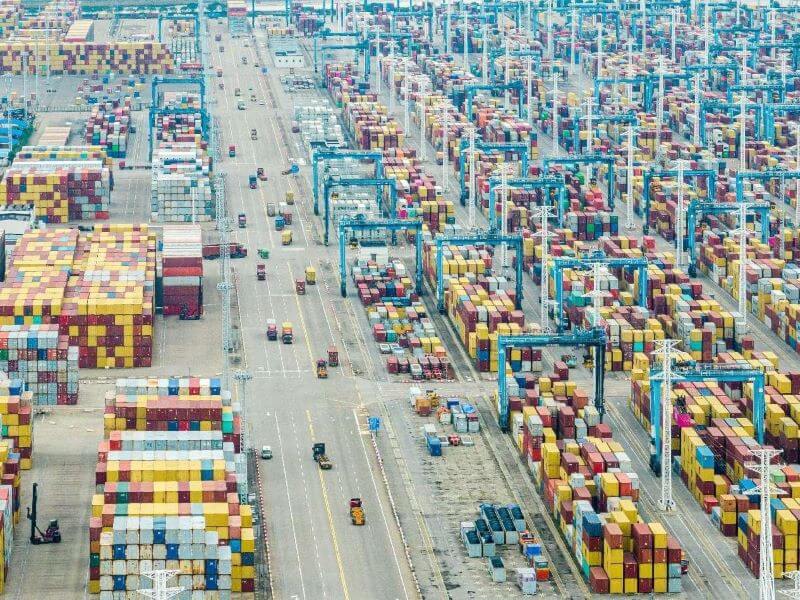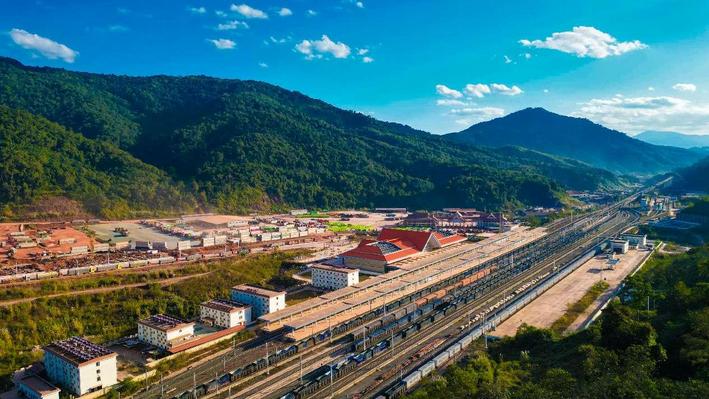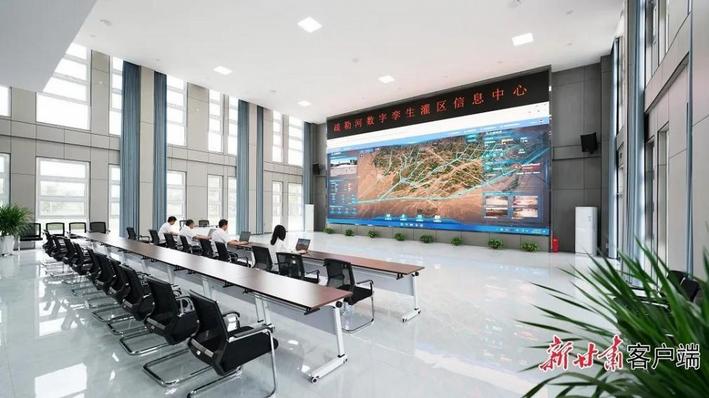China home to most automated terminals completed and under construction

Agency : At around 9 am, a ship laden with cargo arrived at a fully automated container terminal of Qingdao Port in east China's Shandong province. As the ship docked, intelligent operation promptly commenced.
Several gantry cranes descended from a height of tens of meters, their "arms" expertly grabbing and positioning the large containers onto automated guided vehicles (AGVs). Nearby, high-speed rail-mounted gantry cranes swiftly navigated the yard, accurately stacking and organizing the incoming containers.
The smooth loading and unloading operations were made possible by automation.
"Construction of the fully automated terminal began in 2015, divided into three phases, with the third phase terminal becoming operational by the end of 2023," said an employee with Qingdao Port.
According to the employee, the terminal has lifted operational efficiency by six percent and throughput by 15 percent.
On Jan. 1, 2025, the automated container terminal at Qingdao Port achieved an average single-crane productivity of 60.9 twenty-foot equivalent units (TEUs) per hour during a loading task. This marks the 12th time that the terminal has set a world record for automated terminal efficiency.
Heading north along the coastline from the port, there is a bulk cargo terminal that has been revitalized.
At the ore terminal in the west port area of Yantai Port, the work site was totally unmanned, but as an orange ship unloader swung its mechanical arm, cargos were grabbed out of the hold. Conveyor belts, rotating fast, worked in close coordination with reclaimers and loaders, handling cargos with high efficiency.
Thanks to fully automated terminal control technology, the ore terminal at Yantai Port has achieved unmanned operations throughout the entire work process. Compared to traditional operating modes, both the comprehensive unloading efficiency and bulk cargo loading efficiency have increased by over 20 percent.
The two ports in the north and south of the Shandong Peninsula are vivid examples of the accelerated construction of intelligent ports across China.
According to data from China's Ministry of Transport, the country has built 52 automated container and bulk cargo terminals so far, ranking first in the world in terms of both completed and under-construction scales. Chinese ports also rank at the forefront globally in the level and application of automation technology.
In recent years, China has successively formulated and released a series of industry technical standards such as the design specifications for automated container terminals and automated coal and ore terminals, which have driven and supported the development of smart port construction. Some technical solutions for automated container terminals have been introduced overseas and applied in ports in some countries.
"To achieve full-process unmanned operation for ship loading and unloading, container transfer, and yard handling at a container terminal, a complete set of automated port machinery equipment and loading/unloading systems are indispensable," said Li Yiming, director of a design and research institute of Shanghai Zhenhua Heavy Industries Co., Ltd. (ZPMC).
Li took the Yangshan phase IV automated terminal in Shanghai as an example. When a large vessel docks, the quay crane is the primary equipment for loading and unloading containers at the terminal. By introducing dual-trolley automated quay cranes, it is possible to achieve a relay operation with two trolleys, increasing the efficiency of loading and unloading operations by 50 percent.
After the containers are unloaded, AGVs will efficiently transport the containers to the yard. Following this, the world's first dual-container automated rail-mounted gantry cranes come into play, capable of lifting two containers at one go, doubling the efficiency of yard operations.
"Up to now, ZPMC has provided a total of 28 automated quay cranes, 121 automated rail-mounted gantry cranes, 145 AGVs, and a complete set of loading and unloading systems, helping the Yangshan phase IV automated terminal become the largest and most intelligent fully automated container terminal in the world," said Li.
In recent years, the company has been involved in over 70 percent of automated terminal construction projects around the world, he added.
The smooth and efficient operation of various port machinery, including shore cranes, rail-mounted gantry cranes, and AGVs, depends on a robust automation software system.
In the Meishan port area of Ningbo-Zhoushan Port in East China's Zhejiang province, real-time scenes of ship loading and unloading, automated operations of quay cranes and gantry cranes, and unmanned container trucks shuttling back and forth were displayed on a large screen. With the support of an independently developed automation software system, hundreds of port machinery equipment have achieved precise and orderly scheduling, underpinning the formulation of production plans and complex task management for tens of millions of TEUs.
"The large-scale application of intelligent equipment has laid a solid foundation for the efficient operation of the port area, contributing to new highs of the port's throughput," said an executive of Ningbo Zhoushan Port Company Limited.
In the first 11 months of 2024, Ningbo-Zhoushan Port reported a cargo throughput of 1.268 billion tons, a year-on-year increase of 3.27 percent, and completed a container throughput of 36.145 million TEUs, up 10.2 percent from a year ago.
In recent years, Chinese ports have been vigorously promoting the specialization and intelligent transformation of terminals, further enhancing port service capabilities. From January to November 2024, China's total port cargo throughput reached approximately 16.04 billion tons, showing a year-on-year increase of around 3.4 percent. The container throughput reached 300 million TEUs, with a year-on-year growth of 7.3 percent, maintaining a steady increase.
-By Han Xin, People's Daily














प्रतिकृया दिनुहोस